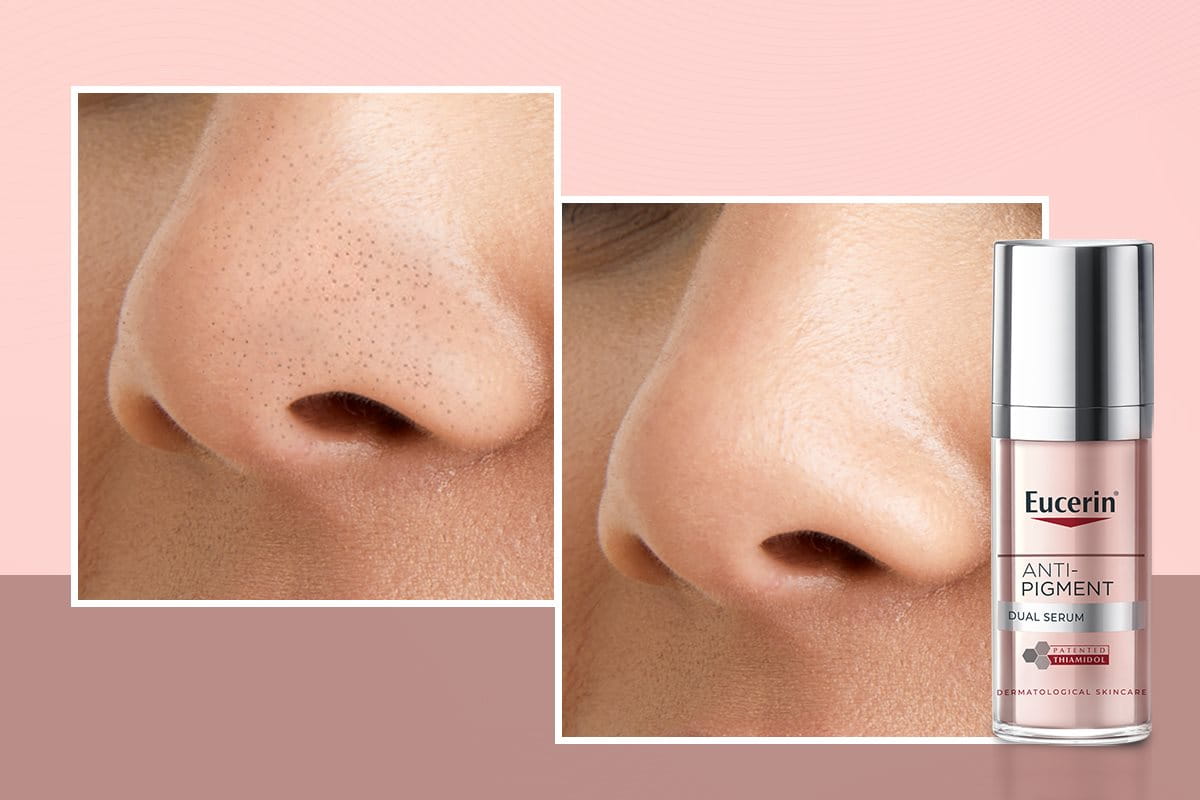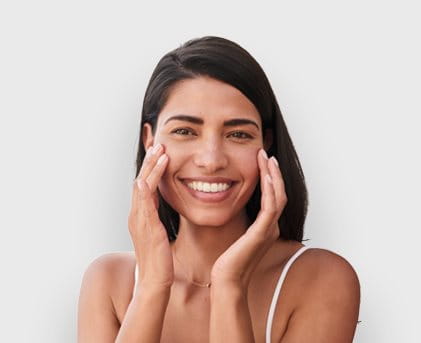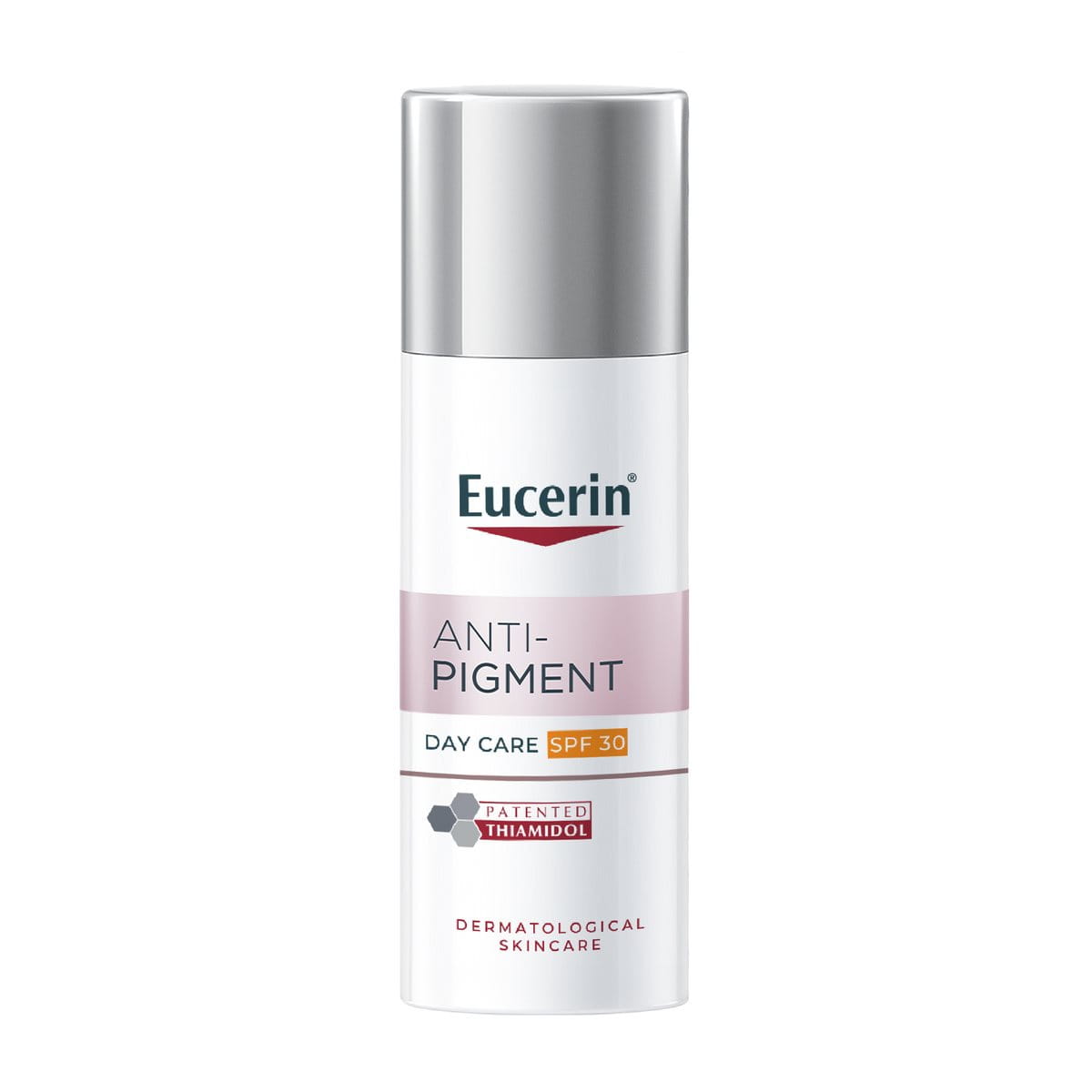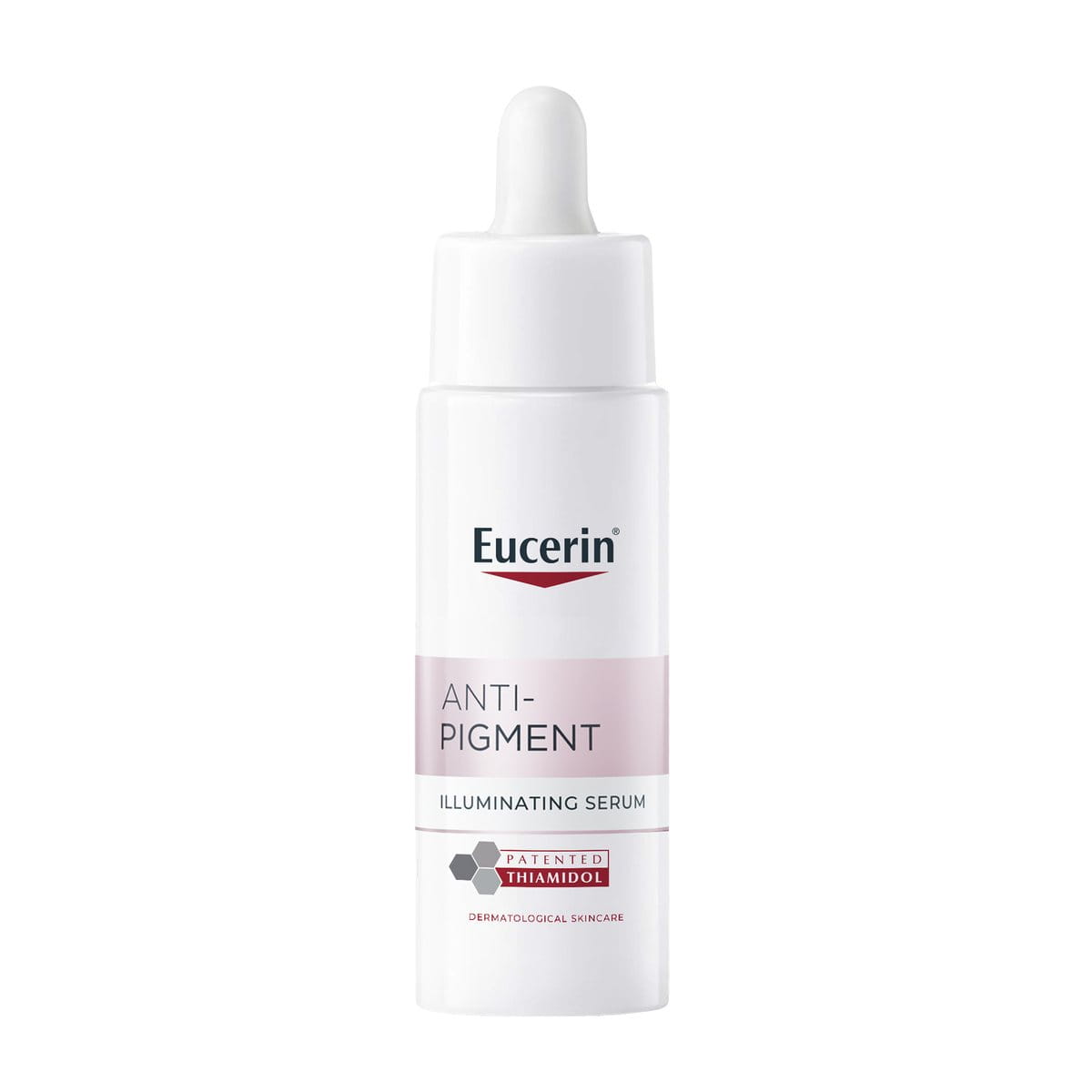Stubborn, troublesome, and unflattering - this sums up blackheads. Appearing as raised, black spots on your skin, blackheads are a sign of clogged pores or comedones. They usually appear around more oil-producing parts of your skin, such as the nose, cheeks, forehead, and sometimes your chin. However, there are plenty of correct ways to practise skincare for blackheads and get blackhead treatment without damaging your skin. Dive right in to know everything:
Keynotes:
- Blackheads are a mild form of acne caused by clogged, oxidised pores and are commonly found on your nose, chin, and T-zone.
- Excess oil production, dead skin buildup, and enlarged pores, are common causes of blackheads.
- While extracting blackheads gives you instant results, long term solutions include skincare with salicylic acid, retinoids, clay masks, and professional extraction.
- You can prevent blackheads with a consistent skincare routine with non-comedogenic, oil-free products and regular exfoliation.





